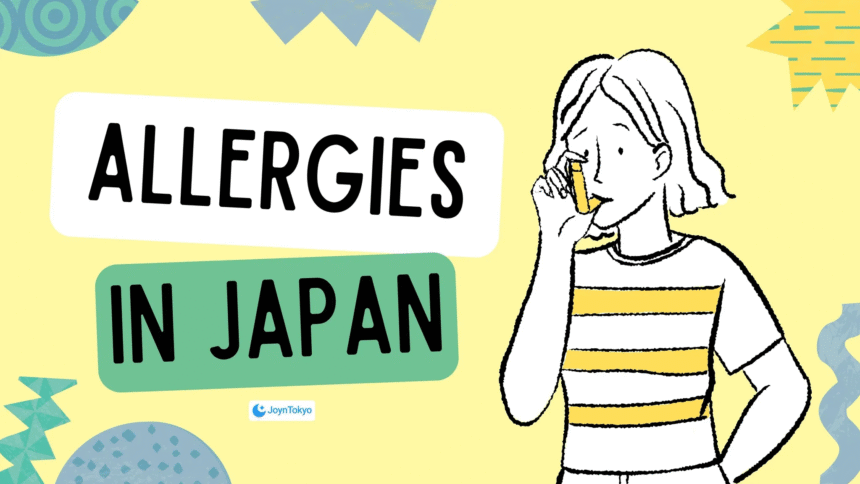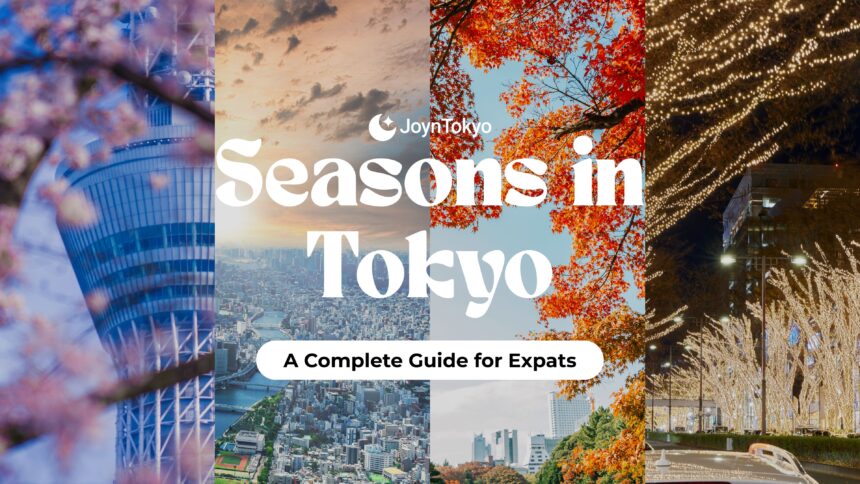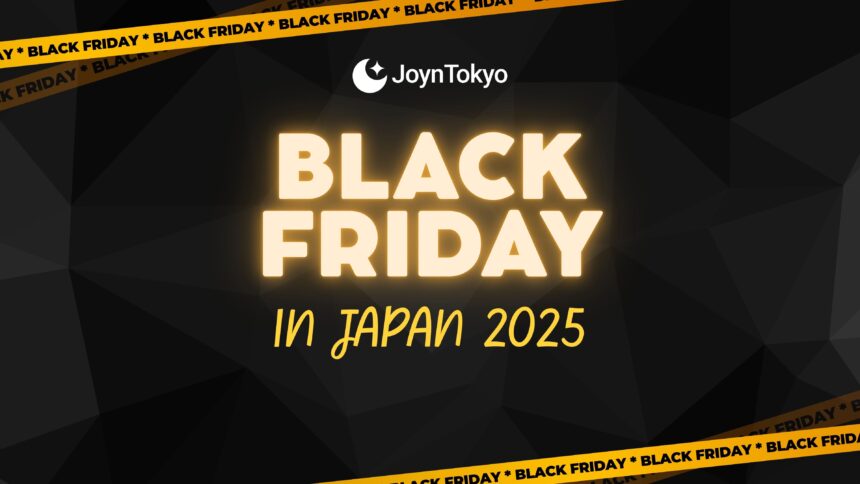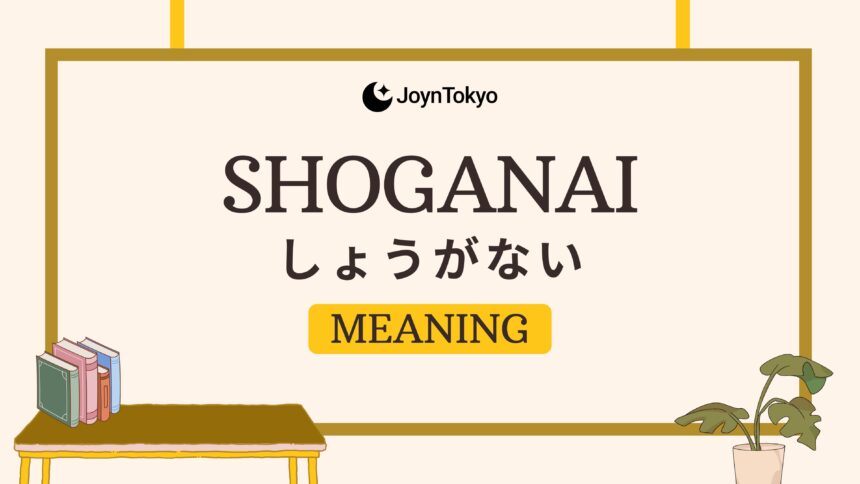Moving to Japan can feel like a breath of fresh air…until cedar pollen or hidden wheat in your food can set off your allergies. This guide explains how Japan regulates, diagnoses, and treats allergies so you can breathe easy and eat safely throughout the year.
Food Allergies: Decoding Labels and Menus
Japanese cuisine dazzles with variety, but allergenic ingredients lurk in innocent-looking dishes. Learn the labeling rules first, and confidence at supermarkets and restaurants will follow.
1. Mandatory and Recommended Allergen Lists (2025 Update)

Since 2023, eight allergens — egg, milk, wheat, buckwheat, peanut, shrimp, crab, and walnut — must appear on every packaged-food label. Warnings for twenty more, including soy, sesame, and almond, are recommended to be included. A draft amendment scheduled for late-2025 will upgrade cashew to the “mandatory” status and add pistachio to the recommended tier (Ministry of Health, 2024-11-15).
2. Reading Ingredient Panels Like a Local
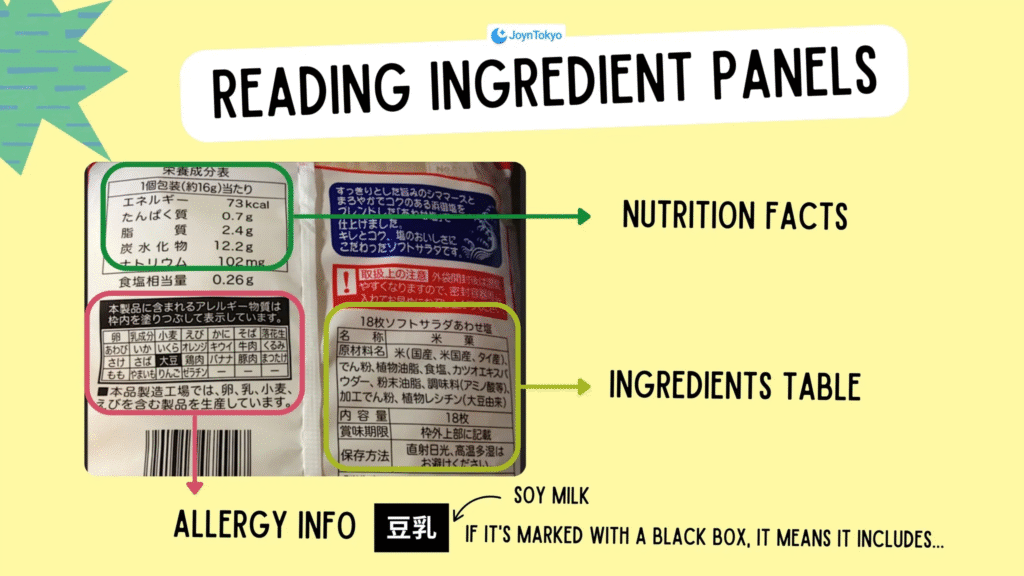
Look for bold or boxed kanji after the phrase 「原材料に○○を含む」 (“Contains …”) and watch for cross-contact notes 「本製造ラインでは…」. Google Lens helps, but always distinguish 小麦 (wheat) from そば (buckwheat).
3. Allergy Cards for Dining Out
It’s a good idea to present a laminated bilingual card, anddigital backups work, too. Services such as Food Allergy Card Japan (¥800–1,200) let you add details like “No fish-based dashi, please.” Chefs appreciate the clarity, especially in small izakaya.
Seasonal Allergies: Riding the Pollen Wave
Cedar and cypress pollen (kafun) afflict roughly 42% of residents. Post-war forestry is the root of the problem, but modern forecasts help you dodge it.
1. 2025 Cedar and Cypress Forecast
The Japan Weather Association predicts dispersal from late-February in Kyushu and Kantō, peaking nationwide in early-to-mid-March and easing by late-April.In Hokkaido, birch season begins in May.
2. Regional Peaks and Micro-Season Hacks
Tokyo’s worst week hovers around the spring equinox, while Osaka peaks 7–10 days later. Track pollen counts in the Weathernews app, and mask up with DS2-rated respirators.
3. Cutting Indoor Pollen by 80%
Ventilate your apartment or house at dawn, dry laundry indoors during peak days, and run a HEPA-13 air purifier. ENT clinics report up to 80% reduction in household pollen when these steps are combined.
Medication Options: Pharmacy Shelves to Immunotherapy
Japanese drugstores stock familiar molecules in new packaging; stronger options await at clinics.
1. Popular OTC Antihistamines
Allegra FX (fexofenadine) offers 24-hour non-drowsy relief, priced at¥2,100 for28 tabs. Claritin EX (loratadine) and Zaditen AL eye drops (ketotifen) round out the staples.
2. Prescription Strength and SLIT
Clinics prescribe second-generation antihistamines, steroid sprays, or leukotriene antagonists. Sublingual immunotherapy tablets (SLIT) for cedar pollen and dust mites are insurance-covered after your first visit and can cut symptoms up to 70% over three years.
3. Key Phrases at the Pharmacy
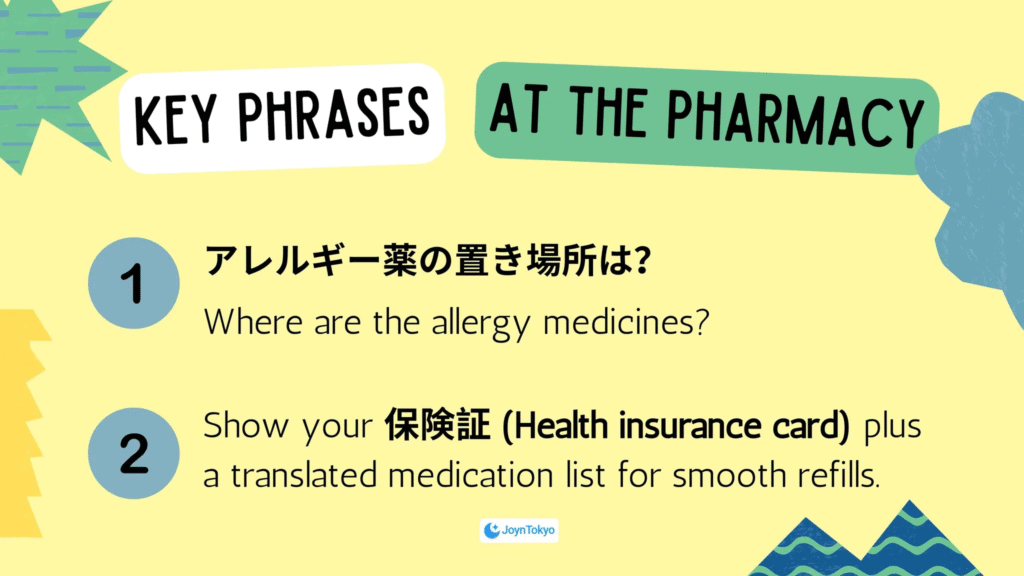
- アレルギー薬の置き場所は?/Arerugī-yaku no oki basho wa? (Where are the allergy medicines?)
- Show your 保険証 health insurance card, plus a translated medication list, to ensure smooth refills.
Testing: Know Exactly What Triggers You
Paying for broad avoidance can be costly. Instead, use tests to pinpoint allergy causes and relief to save money and misery.
1. Blood vs. Skin Tests and Fees
IgE blood panels spanning 8–39 allergens cost ¥3,000–6,000 out-of-pocket under national insurance. Rapid ImmunoCAP finger-stick tests deliver cedar-and-mite results in 20 minutes. Skin-prick testing remains limited to university hospitals.
2. English-Friendly Clinics
Tokyo Medical & Surgical Clinic and other international centers offer bilingual care. Outside big cities, book municipal hospitals early and bring your allergy card.Translation tablets or apps can accelerate triage.
Quick-Reference Japanese Phrases
| Situation | Japanese | Pronunciation |
|---|---|---|
| I have a peanut allergy. | ピーナッツアレルギーがあります。 | Pīnattsu arerugī ga arimasu. |
| Does this contain wheat? | これは小麦を含みますか? | Kore wa komugi o fukumimasu ka? |
| Call an ambulance! | 救急車を呼んでください! | Kyūkyūsha o yonde kudasai! |
You can also download a free template from the Ministry of Health.
Final Takeaways
To prevent problems as a result of allergies, master the labeling system, carry an allergy card, track the 2025 pollen calendar, and stock trusted meds before symptoms strike. With a bit of planning, Japan’s culinary and cultural wonders will stay open, and safe, to you.

